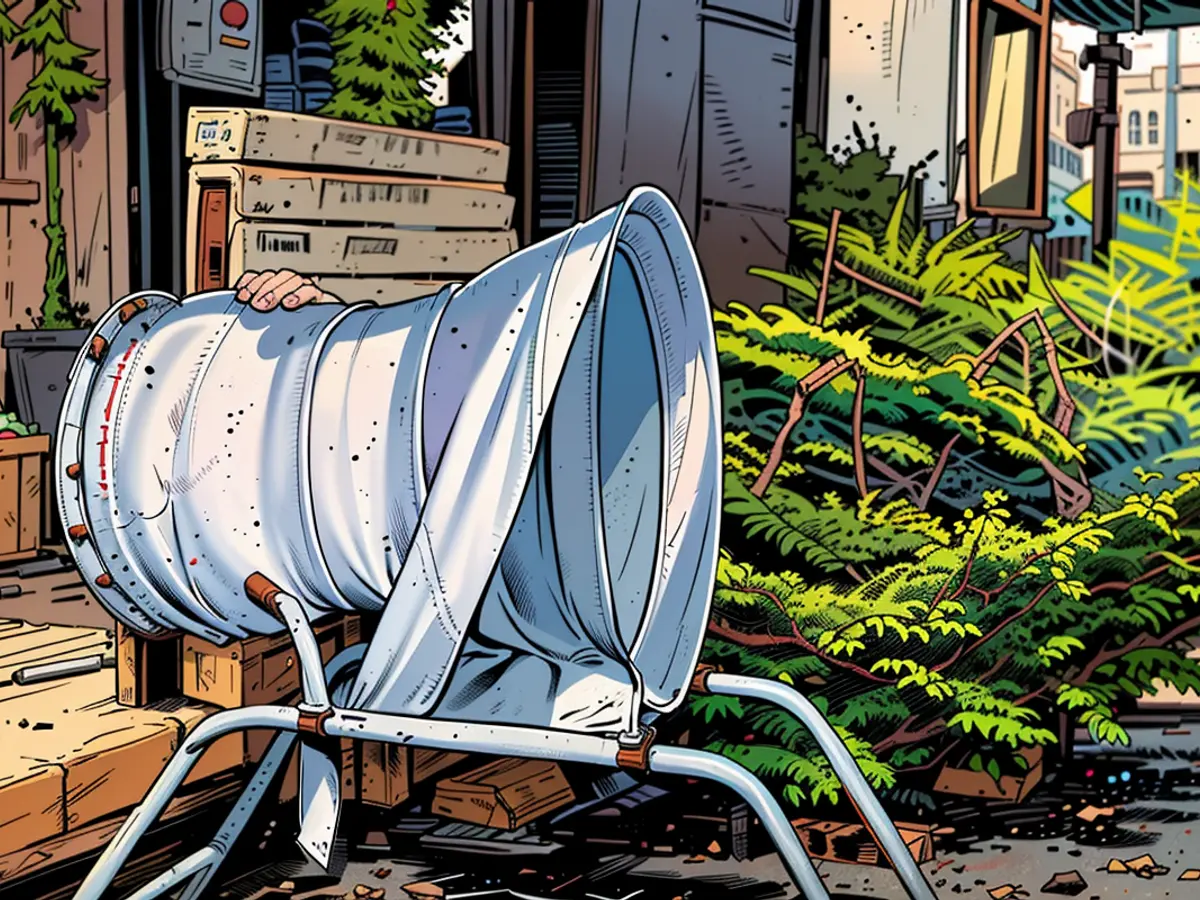holiday evergreens are experiencing a rise in price.
In 2017 and 2018, numerous young coniferous trees succumbed to drought, leading to a scarcity of Christmas trees this year. Some traders have even decided to halt their operations. If you're after a top-notch tree, it's wise to begin your search early this year.
The Christmas tree industry association forecasts a price hike for this holiday season. Bernd Oelkers, chairperson of the Association of Christmas Tree and Fresh Greenery Producers in Lower Saxony, Hamburg, and Bremen, confirmed this to Bundestrend. He explained, "Our premium product costs between 26 to 28 euros per meter." Therefore, a well-grown Nordmann fir, measuring 1.80 to 2 meters, can set you back between 50 to 55 euros.
At this price point, the tree is flawless, freshly cut, and boasts lush, green foliage. It's been nurtured for an average of 13 years, with 3 years spent in the nursery and 10 years on the farm. Beside the quality tree with a slight price increase, discount store prices are expected to surge disproportionately this winter.
Europe-wide, the Christmas tree supply is considerably lower. Oelkers cited this as the reason, "This is a trend across Europe." Fewer trees are being planted compared to previous years. A farmer from Wenzendorf in the Harburg district stated, "Two or three years ago, we had so many that we could have celebrated Christmas twice a year." Among other reasons, the devastating droughts in 2017 and 2018, which caused numerous young trees to perish, contributed to the decrease in supply.
Start your search early
Despite higher dealer margins, increased production costs, and poor business in the past decade, it's unlikely that you'll struggle to find a tree. It's advisable to start your search early this year to secure a quality specimen.
Annually, between 23 million and 25 million Christmas trees are sold nationwide, according to the federal association in Wiebelsheim (Rhineland-Palatinate). Approximately 19 million of these are grown domestically, with the remaining being imported from Denmark and other countries. The association added, "Among natural Christmas trees, the Nordmann fir remains the most beloved tree for Germans."
In the northern regions, imports are scarcely needed. Oelkers explained, "Lower Saxony is the second-largest Christmas tree cultivation region in Germany, after the Sauerland, with excellent climatic conditions." Roughly a quarter are sold directly from the farm, with a sizable portion then being distributed through intermediaries.
The predicted price increase for Christmas trees this holiday season may discourage some consumers. Despite the scarcity of Christmas trees due to drought and lower planting rates, the Christmas tree industry association advises starting your search early to secure a high-quality tree.






